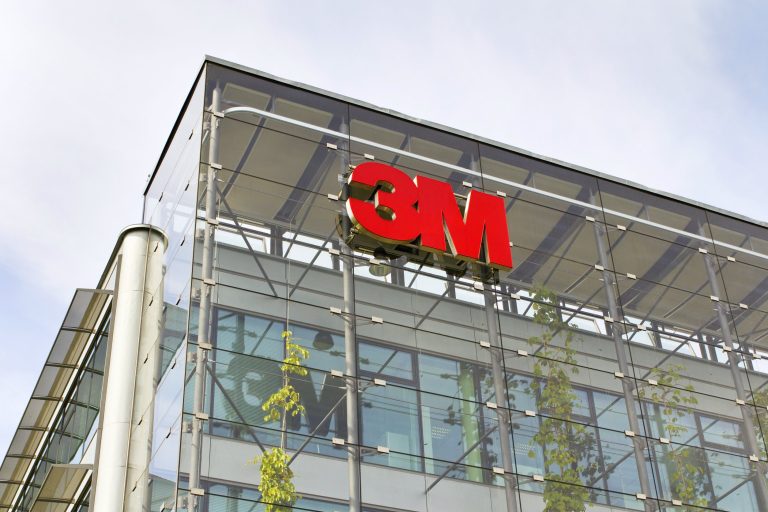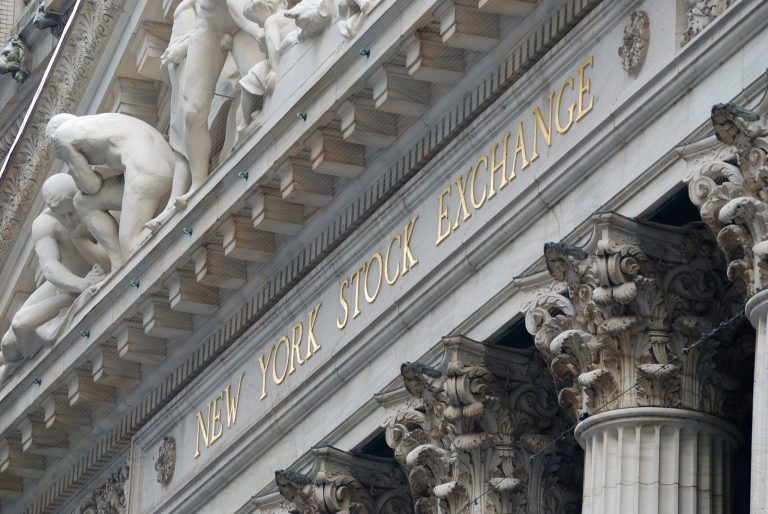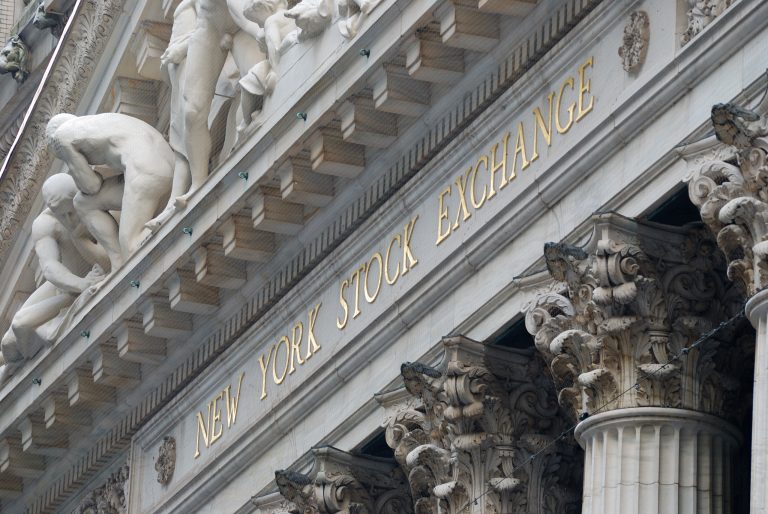3M stock price has crashed in the past few weeks as investors assess the impact of Donald Trump’s tariffs on its business. After peaking at $155 earlier this year, it has bottomed to $130, down by 17% from its highest point this year. This article examines whether the MMM stock is a good investment ahead of the company’s earnings announcement on Tuesday.
3M has faced challenges in the past few years
3M is a top industrial company that manufactures products used in several industries. Its top divisions are industries like safety and industrial, transportation and electronics, and consumer.
3M is known for products like adhesives and tapes, safety glasses and eyewear, sandpaper, abrasives, and other sponges and pads.
The company has faced numerous challenges in the past. For example, it was forced to pay $12.5 billion for manufacturing forever chemicals and $6 billion for selling faulty earplugs to the US military. Before that, Minnesota fined it $850 million for PFAS disposal in the state.
3M has done a lot to remedy its business and boost its growth. It replaced its then CEO with William Brown, a highly experienced executive who helped to turn L3Harris around.
Brown has adopted a cost-cutting approach in an effort to boost profitability. He has also pledged to focus on innovation, especially in his goal to end the reliance on forever chemicals.
At the same time, Brown has talked about the need for expanding its solutions since most of 3M products are no longer growing as fast.
The most significant corporate event that 3M made was spinning off its healthcare business into an independent firm known as Solventum, that is currently valued at over $11.6 billion. It also sold a stake in Combi Packaging Systems to SIAT Group.
The current main challenge is that the firm is facing potentially slow growth due to Donald Trump’s tariffs. These levies will affect its supply and demand side. Demand will be impacted as it is forced to boost prices of its products. In the supply side, the company will see higher costs.
Read more: 3M is a ‘growth stock’ after Q4 earnings, says Cramer: should you invest?
3M earnings ahead
The next catalyst for the 3M stock price is its upcoming financial results scheduled on Tuesday. These numbers will be the first ones after it delivered its short and medium-term forecasts. It hopes that its organic sales will outperform the macro in 2026 and 2027, and that its operating margin will get to 25% by 2027. It also hopes to have a 100% free cash flow conversion.
The most recent results showed that its sales rose by 2.1% YoY to $5.8 billion, while the EPS rose by 2% to 1.68. Its free cash flow rose to $1.3 billion. Altogether, 3M’s annual sales rose by 1.2% to $23.6 billion.
The average analyst estimate is that 3M’s quarterly sales will be $5.73 billion, while its EPS will be $1.77 billion. Analysts expect that its annual revenue and EPS will be $23.9 billion and $7.76.
3M stock price analysis
The daily chart shows that the 3M share price peaked at $154.85, forming a triple-top chart pattern. It has dropped below the neckline at $141, its lowest swing on March 7.
3M shares have also moved below the 50-day and 200-day Weighted Moving Averages (EMA). Oscillators like the Relative Strength Index (RSI) and MACD indicators have all pointed downwards.
Therefore, the stock will likely continue falling as sellers target the key support at $122.13, its lowest point this year. A drop below that level will point to more downside to the support at $110.
The post 3M stock price analysis: buy, sell, or hold ahead of earnings appeared first on Invezz










